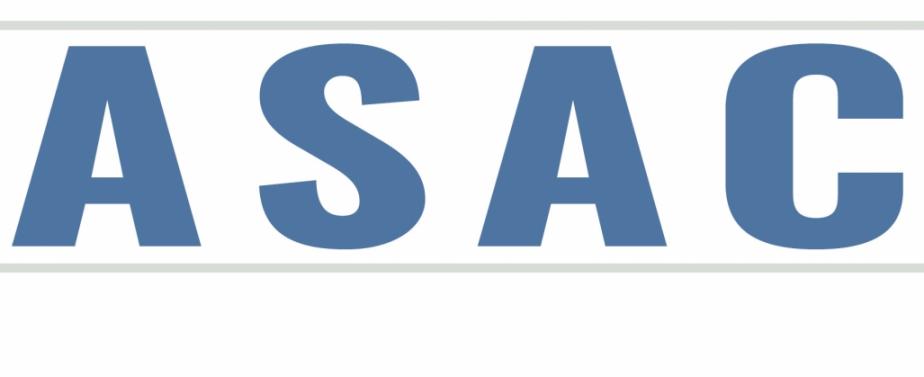A Strategic Plan for Labor
04/14/2021
In nearly every conversation I have had with clients for the last several years, the topic of finding enough labor has arisen. For many producers and growers, it isn’t about finding the best employees, it’s about finding any employees that will work in their operation. Even if your services don’t include developing strategies and solutions for HR issues, you might be able to help them develop a strategy for the future of their business in this crucial area.
First, we need to help them realize that this issue is not going to go away or fix itself. I always remind my clients that, “We aren’t giving birth to any 18-year old’s, so the demographics for the available workforce aren’t going to change anytime soon…” Also, if we are talking about production employees in agriculture, we need to accept that there are fewer and fewer people who are interested in these jobs. Even if there is an economic downturn in the near future, we can’t expect that there will be many people who lost their job working in an office, or doing administrative work, or losing a professional position, suddenly gaining an interest in what we have available. In short, the status quo will remain for at least a generation.
The advice we can offer involves developing a long-term strategy. Many businesses have a Strategic Plan for their business. With the growing challenges of recruiting, hiring and keeping high quality labor it is time for a specific Strategic Plan for that crucial area of their business.
Most Strategic Plans are built through discussion and analysis, typically a SWOT analysis or similar format. A SWOT Analysis that focuses specifically on long-term labor needs is a good starting point for developing this plan.
Some sample discussion questions to begin the SWOT Analysis could include:
These are just some of the questions that need to be processed during any discussion on long-term labor needs. Their specific situation may be different and require additional questions to be asked and analyzed. Perhaps you can help facilitate these discussions.
What are some ways that your clients are addressing their short-term and long-term labor needs?
Don Tyler
Tyler & Associates
In nearly every conversation I have had with clients for the last several years, the topic of finding enough labor has arisen. For many producers and growers, it isn’t about finding the best employees, it’s about finding any employees that will work in their operation. Even if your services don’t include developing strategies and solutions for HR issues, you might be able to help them develop a strategy for the future of their business in this crucial area.
First, we need to help them realize that this issue is not going to go away or fix itself. I always remind my clients that, “We aren’t giving birth to any 18-year old’s, so the demographics for the available workforce aren’t going to change anytime soon…” Also, if we are talking about production employees in agriculture, we need to accept that there are fewer and fewer people who are interested in these jobs. Even if there is an economic downturn in the near future, we can’t expect that there will be many people who lost their job working in an office, or doing administrative work, or losing a professional position, suddenly gaining an interest in what we have available. In short, the status quo will remain for at least a generation.
The advice we can offer involves developing a long-term strategy. Many businesses have a Strategic Plan for their business. With the growing challenges of recruiting, hiring and keeping high quality labor it is time for a specific Strategic Plan for that crucial area of their business.
Most Strategic Plans are built through discussion and analysis, typically a SWOT analysis or similar format. A SWOT Analysis that focuses specifically on long-term labor needs is a good starting point for developing this plan.
Some sample discussion questions to begin the SWOT Analysis could include:
- Who will our labor force be in the next 5 to 10 years?
- Will they be more like the people we have now, or very different?
- Will their level of experience be greater or less than the employees we are hiring now? If less, how will we train them?
- Where will we find these employees?
- What pay levels, benefits and other compensation will be needed to accomplish our plan?
- How will we keep the good employees we have, and the ones we develop?
- How can our business become the “Employer of Choice” in the next few years, making us the best place to work in the area?
- Which areas of training will be the most cost-effective? i.e. Reducing costs? Specific skills training? Supervisory skills training? Using new technologies?
- How will we develop leaders for our business that will help us find, keep and develop the best possible employees?
- How will we effectively train new employees in new—sometimes expensive—technology, if we are having trouble teaching new employees basic skills now?
These are just some of the questions that need to be processed during any discussion on long-term labor needs. Their specific situation may be different and require additional questions to be asked and analyzed. Perhaps you can help facilitate these discussions.
What are some ways that your clients are addressing their short-term and long-term labor needs?
Don Tyler
Tyler & Associates
Post a new comment







